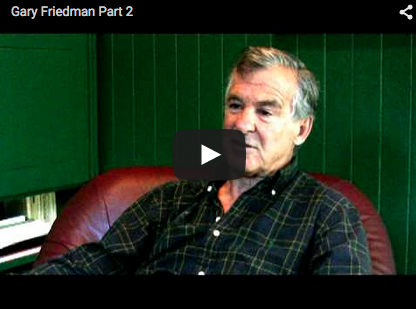Is mediation really mediation? Sometimes, what we think is mediation is not, not really. Think about it this way: you can make brownies using a mix or you can make them from scratch. The processes are different, and the results are going to be different as well. You’ll end up with brownies either way, but one method tends to yield better results. Mediation, under direction of practitioners like Gary Friedman, is like creating from scratch; you are going for superior results. Most mediators in Canada and the United States, though, go for the mix because it’s easier and faster. The results are often times not as palatable as they could be.
Gary Friedman has been teaching mediation since 1980; he literally wrote the book and is universally recognized as one of the leading thinkers in the field. Friedman is a vocal proponent of transformative mediation. What goes on today, though, is a “glorified settlement conference.” It is – and here is the brownie connection, in case you were in suspense – the quicker way to reach an often less satisfying resolution.
Mediation is not as valuable as it could be, especially when the voluntary process is court-mandated. In that oxymoronic situation, the mediator tends to act as a neutral judge who listens to the lawyers about the case and renders an opinion as to what he/she thinks will happen at trial. This is only a very small part of what a mediator can do; we’d call that the “reality testing” phase of a transformative mediation, and it would be part of the process, not the entire process. As practiced by in Court annexed mandatory mediation, and many private mediators, this method falls well short of the potential of mediation.
Transformative mediation involves integrative bargaining. We start with the goal of reaching a collaborative win-win. It may not happen – and it certainly won’t if you don’t try. It is worth starting there for two reasons: a collaborative win-win could be reached, and even if it is not, the parties tend to feel better about the compromise because they see and understand that it was the best deal they could get. In essence, they don’t feel cheated.
Too often what happens, though, is distributive bargaining. That is, mediators start with the mindset that a compromise must be made in order to resolve the dispute. They think of ways they can divide up the pie instead of working for a win-win – expanding the pie. It is a limited, restricted view that will deliver limited, restricted results that are not desirable by either party.
Mediation is so effective because it is collaborative. We have, however, turned it into an adversarial process: it’s us against them. In this game, there are never two winners, and that’s unfortunate. In mediation, there can be, and often are, two victorious parties.





